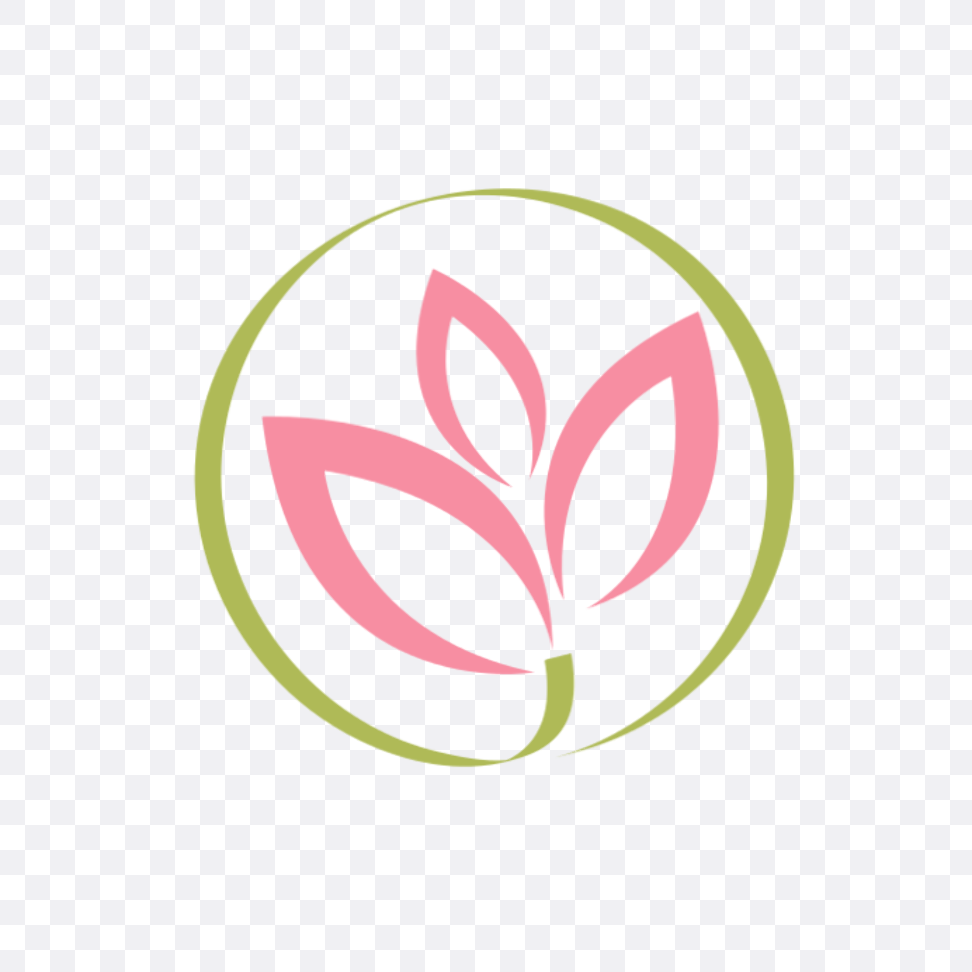Blooms and Blossoms: A Complete Guide to Growing and Caring for Garden Flowers and Plants
Garden flowers and plants add color, fragrance, and beauty to outdoor spaces, transforming ordinary landscapes into vibrant tapestries of nature. Whether you're a seasoned gardener or a novice enthusiast, cultivating and caring for these botanical treasures requires knowledge, patience, and a touch of creativity. In this comprehensive guide, we'll explore everything you need to know about growing and caring for garden flowers and plants, from selecting the right varieties to providing optimal care for healthy growth and stunning blooms.
Selecting the Right Varieties:
The first step in creating a beautiful garden is selecting the right varieties of flowers and plants for your landscape. Consider factors such as climate, soil type, sun exposure, and garden style when choosing the perfect plants for your space. Research different varieties to determine their growth habits, bloom times, and maintenance requirements, and select a mix of annuals, perennials, bulbs, and shrubs to ensure year-round interest and color.
Planting and Positioning:
Proper planting and positioning are crucial for the health and vitality of garden flowers and plants. Choose a location with well-drained soil and adequate sunlight for optimal growth, taking into account the specific requirements of each species. Dig planting holes that are twice as wide as the root ball and at the same depth, and amend the soil with organic matter, such as compost or peat moss, to improve fertility and drainage. Water newly planted flowers and plants thoroughly and mulch around the base to retain moisture and suppress weeds.
Watering and Feeding:
Consistent watering is essential for the health and vitality of garden flowers and plants, especially during hot and dry periods. Water deeply and infrequently, ensuring that the soil remains consistently moist but not waterlogged. Use a soaker hose or drip irrigation system to deliver water directly to the root zone and avoid wetting the foliage, which can promote fungal diseases. Additionally, feed flowers and plants with a balanced fertilizer in early spring and again in mid-summer to promote lush growth and abundant flowering.
Pruning and Deadheading:
Pruning is an essential aspect of garden maintenance, as it helps control the size and shape of plants and promotes healthy growth and flowering. Deadhead spent flowers regularly to encourage continuous blooming and prevent self-seeding, and prune dead or damaged branches to improve air circulation and reduce the risk of disease. Additionally, trim back overgrown foliage to maintain a tidy appearance and remove any diseased or infested plant material promptly to prevent the spread of pests and pathogens.
Pest and Disease Control:
Garden flowers and plants are susceptible to a variety of pests and diseases, but with proper care and attention, you can minimize the risk of infestation and infection. Monitor your plants regularly for signs of pest damage, such as chewed leaves or distorted growth, and treat infestations promptly with organic or chemical controls as needed. Additionally, practice good garden hygiene by removing debris and fallen leaves, which can harbor pests and pathogens, and provide adequate air circulation to minimize the risk of fungal diseases.
Garden flowers and plants are the heart and soul of any outdoor space, bringing joy, beauty, and tranquility to gardens large and small. By selecting the right varieties, providing optimal growing conditions, and following a regular maintenance routine, you can create a stunning garden that delights the senses and nourishes the soul. Whether you're cultivating a lush cottage garden, a formal floral display, or a serene woodland retreat, the possibilities are endless. So roll up your sleeves, dig in the dirt, and let your garden dreams bloom into reality.
